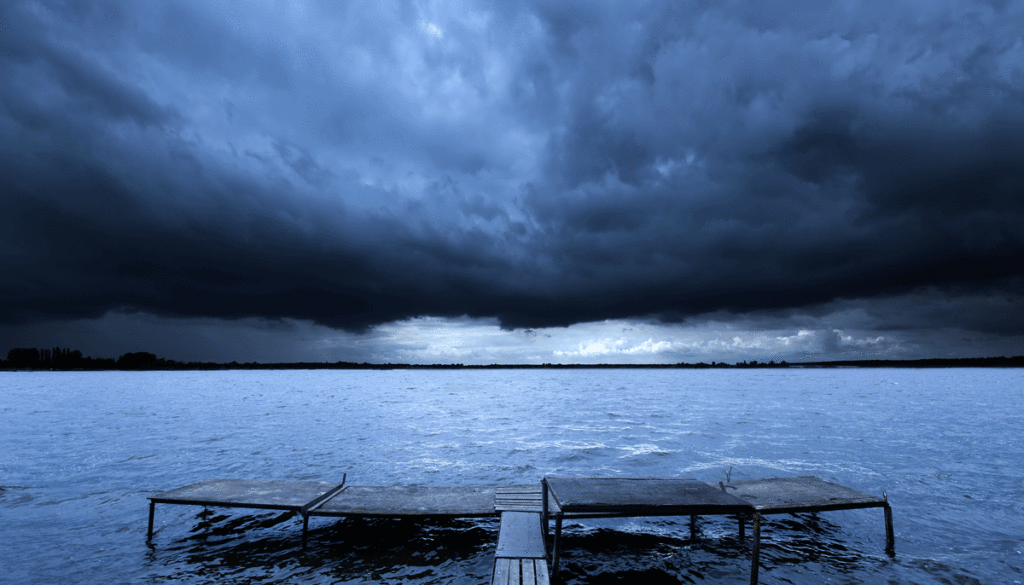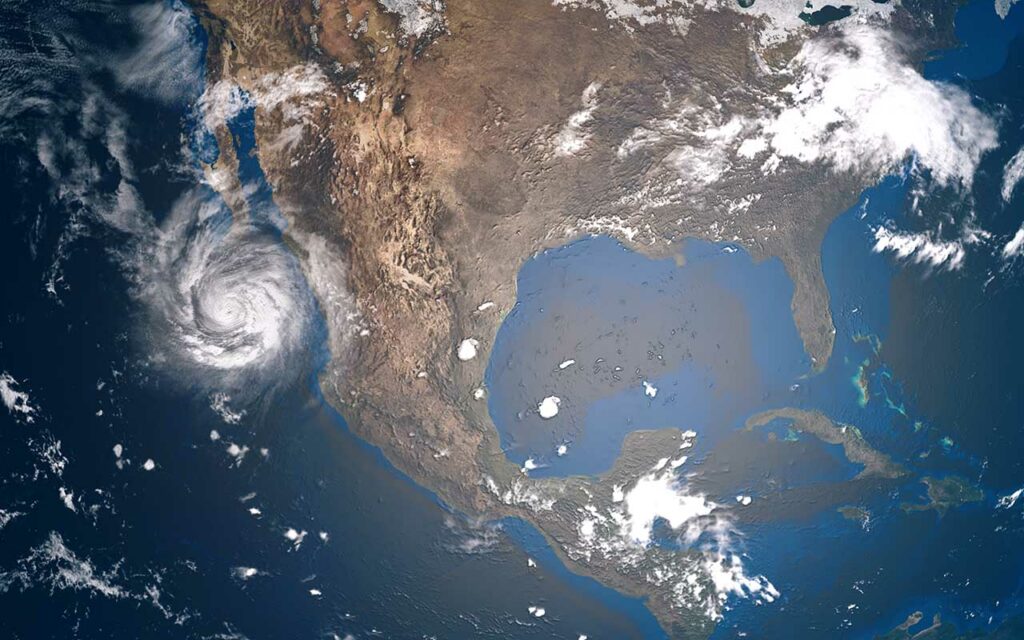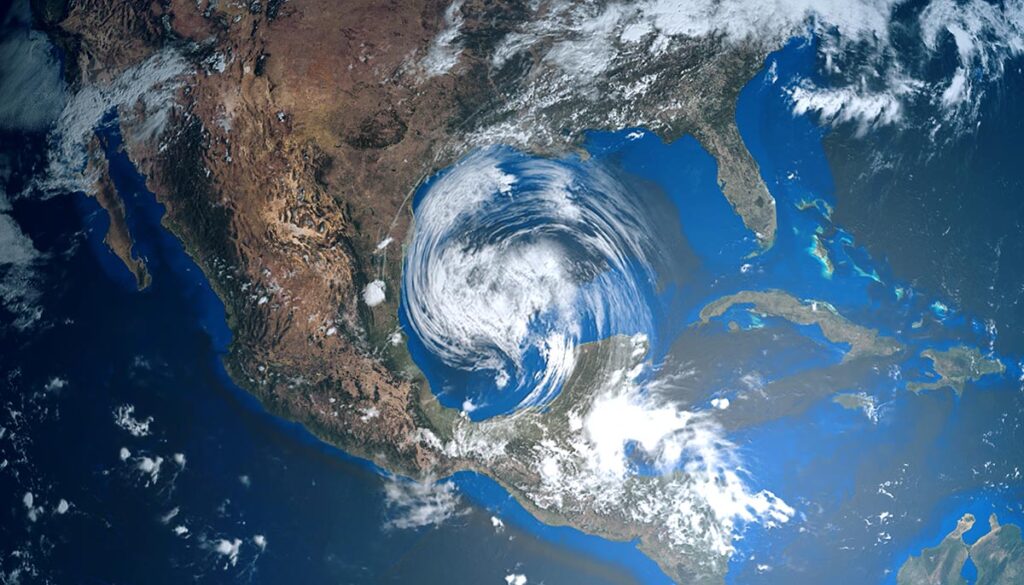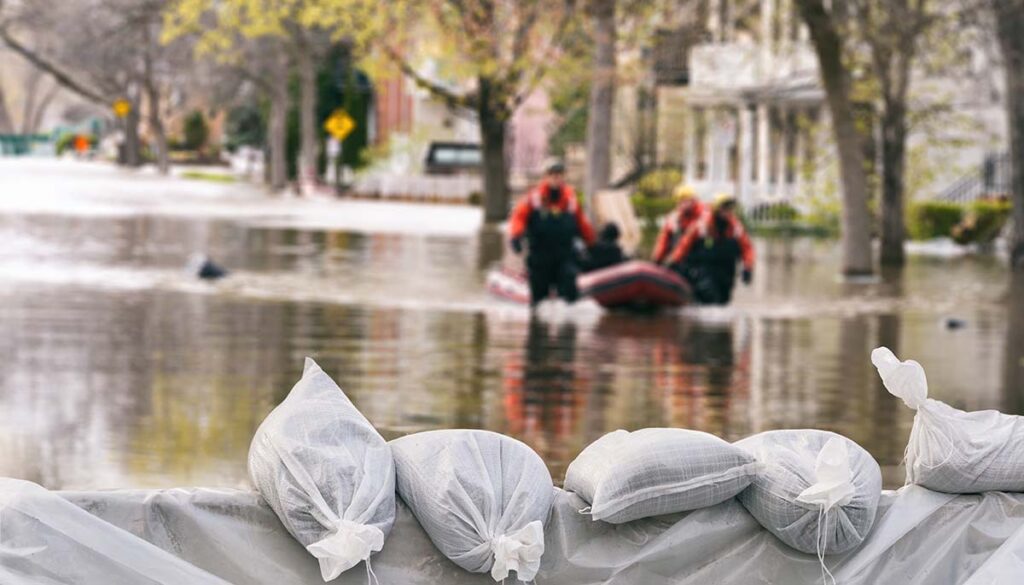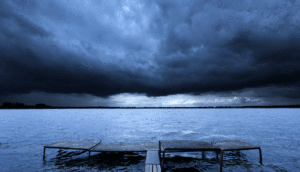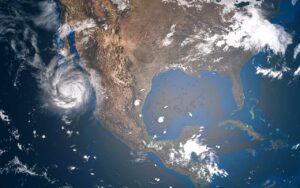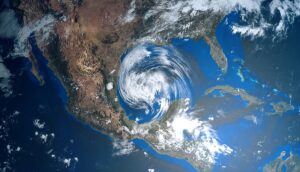Hail is one of the most dangerous forms of precipitation. Huge chunks of ice falling from the sky can pose risks for structures, vehicles, and even people on the ground. Perhaps the most dangerous thing about hailstorms is that they can occur seemingly out of nowhere, even during warm weather.
Today we’re looking closely at hailstones. How do they form? What dangers do they pose?
Forming Hailstones
Hailstones can form inside thunderstorms. Unlike snow or other winter precipitation, cold temperatures in the lower atmosphere don’t cause hail. Instead, hailstones take shape when water droplets inside a thundercloud float into the higher atmosphere. Updrafts inside thunderstorms are extremely common, but stronger updrafts can result in extreme weather events.
As water droplets are forced higher into the atmosphere, they freeze and then collide with other raindrops inside the cloud. These burgeoning hailstones grow larger by colliding with more droplets, creating a snowball effect that can result in hailstones the size of golf balls.
It’s important to note that the winds inside a thunderstorm aren’t just vertical. Some winds can push hailstones horizontally, even blowing smaller stones completely clear of the updrafts. As such, the most massive hailstones usually fall closer to the center of thunderstorms, while smaller hailstones can fall far from the storm that spawned them.
Falling Hail
The rising and falling process continues until the hailstone is too heavy for the updraft to hold aloft. The updraft might generate only a few small hailstones or multiple massive chunks of ice. The most intense thunderstorms can create huge hailstones by keeping the ice aloft for hours. If the system is sufficiently windy, ice precipitation can fall at odd angles as it approaches the ground.
Lighter hail might be blown sideways by winds at the ground level. Blowing hailstones can tear up the siding on houses and even shatter windows. As such, people who live in regions prone to icy precipitation should take precautions against hail before it arrives.
Hail Alley
Hail can occur anywhere, but it is most prevalent in Colorado, Nebraska, and Wyoming. These three states form Hail Alley, the most active hail region in the United States. People in these states need to take precautions to shore up their homes and vehicles against potential damage from falling ice.
Before a storm arrives, bring pets indoors. If you have a garage, park your vehicles inside, too. If not, park cars in a covered or otherwise protected location to prevent the worst damage from falling hailstones. Be ready for the power to go out because the icy precipitation can knock out power lines.
Stay indoors during a hailstorm. Falling ice chunks can result in injury or even death. Close your windows, draw your drapes or blinds, and try to get away from any glass. When possible, shelter in a basement or on the lowest floor of your home.
After the storm, have a professional check your roof: hailstones can cause significant damage to the tops of residences! Have your roof inspected regularly and address any damage before you find a leak in the attic.

